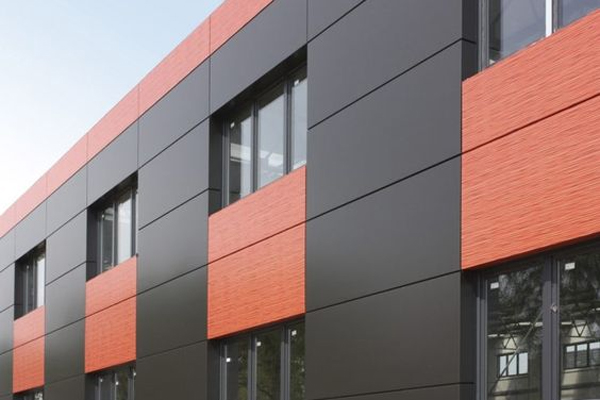Aluminum composite panels (ACP) are widely used in the construction industry due to their lightweight, durability, and versatility. They consist of two thin aluminum sheets bonded to a non-aluminum core, usually made of polyethylene. This unique construction gives ACPs their distinct properties and makes them suitable for a variety of applications, including exterior cladding, signage, and interior design.
Here's a comprehensive guide to the ACP manufacturing process:
Step 1: Aluminum Coil Pre-treatment
The first step in the ACP manufacturing process is pre-treating the aluminum coils. This involves cleaning the coils to remove any dirt, oil, or other contaminants that may affect the adhesion of the coating. It is a good option to search online to buy non-combustible wall cladding.

Image source google
Step 2: Coating Application
After pre-treatment, the aluminum coils are coated with a layer of paint or a protective coating. The coating not only enhances the aesthetic appeal of the ACP but also provides additional protection against weathering and corrosion.
Step 3: Core Material Preparation
While the aluminum coils are being coated, the core material is prepared. The most commonly used core material in ACPs is polyethylene (PE). The PE core is usually supplied in sheets or rolls and needs to be cut to the required size and shape.
The manufacturing process of aluminum composite panels involves several steps, starting from pre-treating the aluminum coils to packaging and distribution. Each step is crucial in ensuring the quality, durability, and performance of the final product. ACPs have become an essential material in the construction industry due to their lightweight, versatility, and aesthetic appeal. Understanding the manufacturing process of ACPs can help architects, contractors, and designers make informed decisions when selecting and using these panels in their projects.

